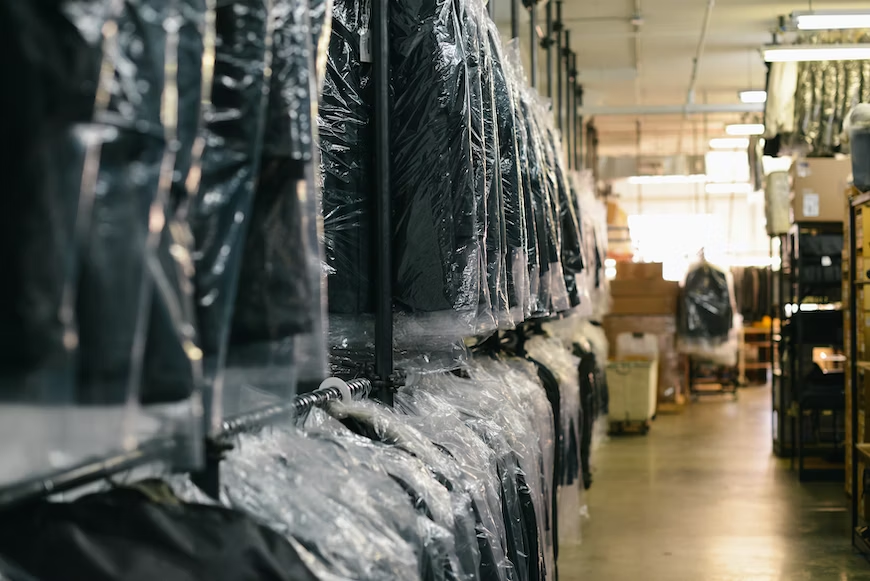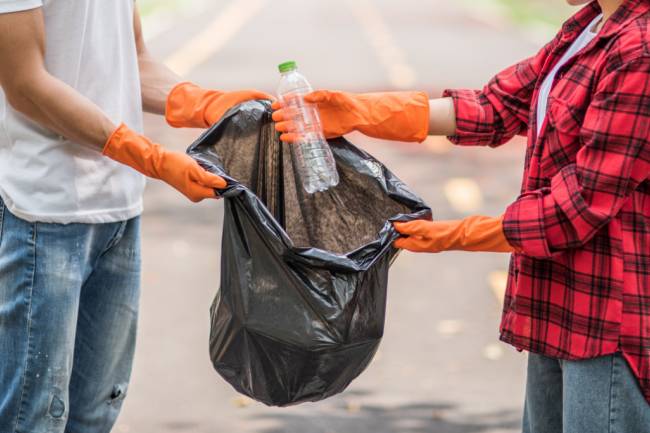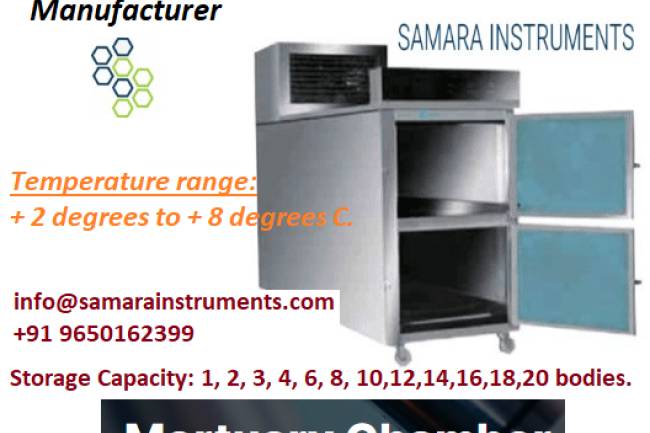
Dry Cleaning: Best Practices to Prevent Hazard Exposure
The most common type of dry cleaning plants are known as the PERC or tetrachloroethylene plants. Tetrachloroethylene is a highly effective dry-cleaning solvent and has been widely used for the last few decades.
However, its usage comes with a high price. The solvent is also a volatile organic compound or VOC, already notorious for causing health issues. The primary sources of PERC exposure include tasks related to machine maintenance and the dry cleaning process itself. This means employees responsible for loading the laundry machine, changing the solvent filter, removing lint, and handling hazardous residues are at direct risk.
Other sources include fugitive emissions from the machine and the usage of a PERC-based spotting agent. Not to forget that VOCs like PERC can easily vaporize or seep into the ground, affecting water quality. In light of such imminent perils, dry cleaning facilities must practice proper waste disposal.
This article talks about the best practices to prevent hazard exposure, among other things related to dry cleaning.
Health Risks Associated with PERC
According to the Agency for Toxic Substances and Disease Registry’s Public Health Statement, PERC or tetrachloroethylene is a highly toxic substance, especially if not handled properly. In fact, the Environment Protection Agency (EPA) found that out of 1854 hazardous sites that made up the National Priorities List (NPL), at least 949 had PERC wastes for clean-up.
It is important to note that one-time mild exposure to PERC vapors may cause respiratory tract irritation but nothing more. The severity of health risk depends upon the dosage, duration, and frequency of the exposure.
In some cases, the health repercussions may take years to come to light. One such instance is the infamous Camp Lejeune water contamination crisis. In this case, a dry cleaning facility (located offsite) failed to manage PERC wastes properly, which seeped into the ground. Since the groundwater got contaminated, people consuming water from the affected tanks paid a heavy price.
In a span of nearly three decades (1953 - 1985), hundreds of people came forward to file a Camp Lejeune water contamination lawsuit facilitated by the Camp Lejeune Justice Act of August 2022. The injuries involved with this tragedy included cancers of the lungs, kidneys, bladder, esophagus, blood, female infertility, Parkinson’s disease, and Non-Hodgkin’s lymphoma.
According to TorHoerman Law attorneys, the lawsuit can be filed not only by affected veterans but also their family members (in case of the deceased), workers, and other civilians on the Camp. However, the plaintiff’s claim is only considered if the victim(s) was exposed to PERC hazards for at least a period of 30 days or more.
While Camp Lejeune was a catastrophe of astronomical proportions, frequent and long-term PERC exposure, in general, can also have a negative health impact. According to the Centers for Disease Control (CDC), these include –
- Irritation in the throat, eyes, nose, and respiratory system
- Liver damage
- Vision decrements
- Neurotoxicity
- Dizziness and confusion
Laws Governing the Dry Cleaning Industry
The dry cleaning industry is a highly regulated one, and rightfully so. Since workers handle hazardous substances on a daily basis, all dry cleaning facilities need to abide by certain laws laid down to protect the environment and people. These include –
- The Resource Conservation and Recovery Act (RCRA) – Developed by the Environment Protection Agency, this Act provides guidelines on the proper disposal of hazardous solid wastes.
- The Clean Water Act – Enforced in 1972, the Clean Water Act creates a framework that regulates discharging of contaminants into US water bodies.
- The Clean Air Act – Though established in 1963, this Act underwent several amendments through the years. It lays down guidelines to control air pollution.
- The Comprehensive Environmental, Response, Compensation, and Liability Act – Also known as Superfund, this Act of 1980 gave the EPA authority to find out all liable parties of hazardous waste spillages and assure their cooperation in the clean-up.
- The Emergency Planning and Community Right-to-Know Act – The EPCRA was enforced in 1986 to avoid accidental leakages of toxic chemicals through safety practices.
- The Toxic Substances Control Act – This Act was passed in 1976 so that all data on chemical manufacturing and processing could be collected to control the health risks involved.
The Life Cycle of a Typical PERC Waste
Before we begin, it’s important to remember that the life cycle of any PERC waste depends upon certain factors, like the type of waste generated, the amount, and the type of waste management unit being used.
For instance – waste management regulations for dry cleaning facilities differ based on the type of generator. So, the RCRA waste management standards that apply to an LQG or Large-Quantity Generator will be different to that of an SQG or Small-Quantity Generator. This is simply because the former generates over 2,200 lbs. of hazardous waste a month as compared to 220 lbs. per month of the latter.
Now, let’s dive into the life cycle of any average dry cleaning facility’s waste disposal –
1. Waste Identification
The first step is to identify the waste as hazardous or non-hazardous. There are different hazardous wastes listed under the RCRA. In case the waste does not match the listed criteria, other characteristics can be tested, namely, ignitability, level of corrosion, reactivity, and toxicity.
Once the waste is identified to be hazardous, further steps can be taken to manage it properly.
2. Quantity Assessment
The next step is to sum up the volume of hazardous waste produced in a calendar month. During this quantity assessment test, waste that is never stored, discharged directly into a local sewer, or recycled immediately onsite is not considered.
Only when the quantity is correctly measured can the waste generator status be determined.
3. Determining Generator Status
As mentioned earlier, the generator status can be small-scale or large-scale. If a dry cleaning facility observes that they produced over 220 lbs. in a calendar month, their generator becomes large-scale. This status can change every month depending upon the volume of hazardous waste generated.
4. Recovering Spent Tetrachloroethylene
A part of the used PERC can be filtered and reused after it’s sent to the charged tank. Furthermore, the remaining PERC can be recovered through distillation. This process removes all grease and fats from the waste.
Once additional PERC is recovered from the solvent tank, it is sent off-site for proper disposal.
5. Considering DOT Requirements
The remnant PERC cannot just be wrapped up and sent across for disposal. It must comply with the packaging standards established by the US Department of Transportation (DOT). This includes all processes, such as storage, packaging, and labeling.
6. Sending Waste Offsite
There are different offsite facilities established to handle different kinds of hazardous waste. It is important to ensure the waste is delivered to the right facility. These include off-site recyclers and authorized municipal hazardous waste disposal facilities.
In case a dry cleaning company’s onsite provisions meet the RCRA criteria for safe disposal, they need not send the waste offsite.
Tips to Minimize Waste Generation
In the world of dry cleaning, waste minimization may not always look like waste reduction. While dry cleaning facilities must make every effort to reduce waste generation, they also need to take relevant steps to treat, recycle, reuse, and dispose of the waste. This will largely depend upon the type of waste generated, as discussed below –
- Spent Solvents
The best way to handle spent solvents is to directly reuse them. They can also be distilled to extract the pure solvent before reusing. The ultimate method is to send off the spent solvents to a relevant waste disposal facility for treatment.
- Spent Filter Cartridges
To avoid hazard exposure with spent filter cartridges, it is important to drain them well. Then, recovery units and a muck cooker must be installed. These will help in recovering additional solvents.
Either the recovered solvents can be sent to distillation units or they can be directly shipped to a relevant waste disposal facility offsite. In the process, cartridge filters must be replaced with disk filters to prevent fugitive emissions.
- Cooked Powder Residue
The best way to handle this hazardous waste is to heat the muck and recover additional residue. Then, the recovered solvents can be stored in sealed containers. Finally, the residues can be delivered to an authorized waste disposal facility.
One thing to remember is to use steam stripping instead of hot air stripping for the carbon regeneration process.
- Distillation Residue
To handle distillation residue, first, distill the solvents to remove layers of oils and fats. Then, the distillation residue must be stored in sealed containers. Finally, the residues must be delivered to a certified waste management facility located offsite.
Again, the hot air stripping must be replaced with steam stripping.
- Unused PERC
The best way to handle unused PERC is to avoid disposal altogether. It should be reclaimed and reused. However, if no legitimate use for the unused PERC is unavailable, it can be sent to an authorized waste disposal facility.
Another (better) option is to return the unused PERC to the distributor.
Protecting the Environment and People
This article talks about some of the general methods through which hazardous waste can be handled and disposed of. Before a dry cleaning facility puts these tips into practice, they must consult with their respective state government’s guidelines for waste handling.
For instance – certain state governments require their dry cleaners to use secondary containment trays over and above labeled and sealed containers. Such minor but important differences exist. In case of any doubt, it is best to consult with the local government office or a reliable waste management company for guidance.












